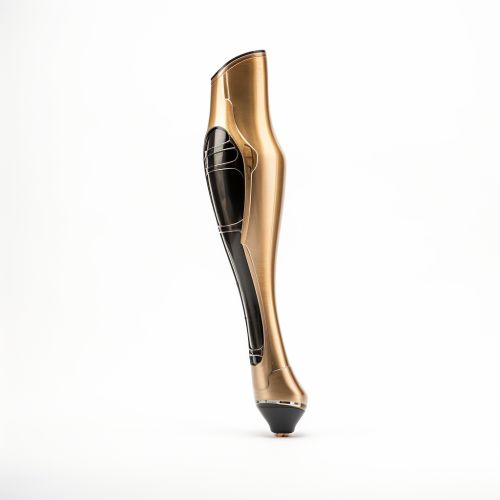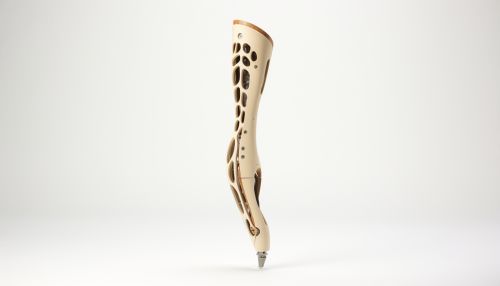Prosthetics
Prosthetics
Prosthetics is a specialized branch of medicine and engineering focused on the design, creation, and application of prostheses. Prostheses are artificial devices that replace a missing body part, which may be lost through trauma, disease, or a condition present at birth (congenital disorder). Prostheses are intended to restore the normal functions of the missing body part.
History
The history of prosthetics dates back to the ancient times. The earliest known prosthetic was a big toe made of wood and leather, found on an Egyptian mummy dating back to 950-710 BC. In the Middle Ages, prosthetics like iron hands were developed for knights who lost their limbs in battle. The development of modern prosthetics began in the 16th century with the work of Ambroise Paré, a French surgeon who made significant advances in both amputation surgery and prosthetic design.


Types of Prosthetics
Prosthetics can be categorized into two main types: transradial and transhumeral prosthetics. Transradial prosthetics are designed to replace a missing hand or lower arm, while transhumeral prosthetics are used when the entire arm, including the shoulder, is missing. There are also lower limb prosthetics, such as transtibial and transfemoral prosthetics, which replace a missing foot and leg, respectively.
Design and Fabrication
The design and fabrication of a prosthetic involves a multidisciplinary team, including a prosthetist, physical therapist, and occupational therapist. The process begins with a thorough evaluation of the patient's needs and goals. The prosthetist then takes a cast or digital scan of the residual limb. Using this model, the prosthetist designs the prosthetic socket – the part of the prosthetic that interfaces with the patient's residual limb. The socket is the critical component of the prosthetic, as it must provide a comfortable fit while securely attaching the prosthetic to the body.
Materials
Prosthetics are made from a variety of materials, including plastics, metals, and composites. The choice of material depends on the requirements of the prosthetic, such as its weight, strength, and appearance. For example, a prosthetic leg for a runner would likely be made from a lightweight and strong material like carbon fiber.
Prosthetic Control
Prosthetic control is a critical aspect of prosthetic design. There are several methods of control, including body-powered control, externally powered control, and myoelectric control. Body-powered prosthetics use cables and harnesses controlled by body movements to operate the prosthetic. Externally powered prosthetics use motors or pneumatic systems, controlled by switches or potentiometers. Myoelectric prosthetics use the electrical signals generated by the patient's own muscles to control the prosthetic.
Future Developments
The field of prosthetics is continually evolving, with new technologies and materials promising to improve the functionality and comfort of prosthetics. One area of research is the development of bionic prosthetics, which use advanced electronics to provide more natural and intuitive control. Another area of research is the integration of prosthetics with the nervous system, known as neuroprosthetics. This could potentially allow the user to feel sensations in the prosthetic, providing a level of functionality and integration currently unachievable with existing prosthetics.
